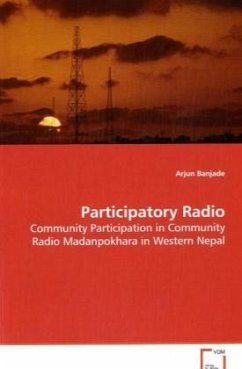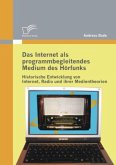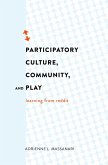Participatory radio is a new phenomenon in Nepal as well as whole of South Asia. The movement for citizen participation in communication process that started in Nepal has spread in other South Asian countries. For those academicians, media professionals, or community media activists interested in participatory media in Nepal, Participatory Radio is the perfect way to understand how a radio station can be a platform for public participation in communication process that blurs the boundaries between senders and receivers. This book not only explores community radio in Nepal but also explores the conditions that lead to the opening of airwaves from the non-governmental sectors. Nepal became the first country in South Asia to grant a license to operate a FM radio station from independent organization in 1997. Following years Nepal witnessed mushrooming of myriad radio stations, including the community radio, throughout the country. Operated by non-governmental organizations, cooperatives and local governments, these community radio stations revolutionized the media landscape making the fellow villagers not only the listeners but also the news makers. In this book, Arjun Banjade describes how the community radio station secures the area people's active involvement in the communication process as well as in generating much needed resources. This example demonstrates the democratization of communication and its use in empowering the marginalized sections of population.








